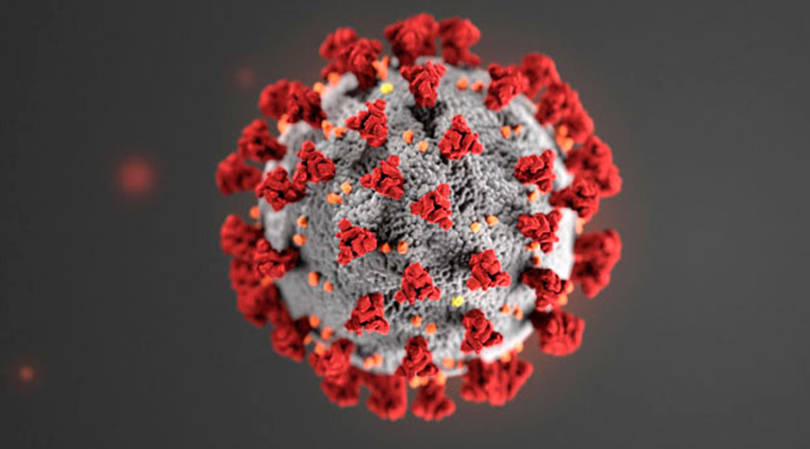Schools are not islands — that’s the conclusion scientists at the Bellevue-based Institute for Modeling Disease came to in a recently released study of the potential effects of reopening school in the fall.
State and local officials have begun laying out at least tentative plans for education. The Bainbridge Island and North Kitsap School Districts, for example, will offer parents the choice of 100 percent remote learning or a hybrid model that could see students attend school in person for a few hours a day.
The number of positive COVID-19 cases has risen in recent weeks across the state — Kitsap County alone had 38 active cases as of press time — prompting questions about whether or not students can return to their buildings while still containing the spread of the coronavirus.
The good news is that the answer may be yes, though it would have to be done with a number of countermeasures in place and with an eye toward the larger mobility habits of the community as a whole, such as businesses returning to regular operations.
The model used data from King County, which has had far more cases than Kitsap, but the results still provide general guidelines that can apply to smaller and more rural counties.
“What’s happening in the community matters just as much as what happens in the school,” said Lacy Fehrenbach, Deputy Secretary for COVID-19 Response for the Washington State Department of Health.
Results of the study suggest that if such community activity stays at or below 70 percent of pre-COVID activity — in other words, life before the pandemic, without restrictions — that schools may be able to reopen with mask usage, physical distancing practices, new hygiene measures, cohorting and screening.
Reopening the schools without these countermeasures could see the infection rates double in a given community within the first three months of the school year.
“These countermeasures within schools are necessary and they allow us to bring that reproductive number down,” said Dan Klein, senior research manager at the Institute for Modeling Disease.
While most of these measures are self-explanatory, perhaps the most complicated is student cohorting. The idea is to group students together with one teacher, or perhaps one teacher and one paraeducator, which becomes one learning unit that stays together at all times, including recess and lunch.
In the case of using busing to get students to schools, every effort would be made to keep cohorts and siblings together with the goal of limiting the number of contacts. Some school districts, such as Bainbridge, are encouraging parents to have their students go to school by foot, bike or private car.
“We’re trying to reduce wherever we can,” Fehrenbach said. “There is no perfect solution.”
However, the results also indicate that the reopening of schools needs to be closely coordinated at the local level in tandem with the reopening of the rest of the community, including economic and social activity.
“What we need to tell people is that we are all dependent on one another to move forward safely as a society, and as individuals and as families,” said Dr. Dan Duchin, health officer for Seattle and King County.
“The virus connects us all. We’re linked,” he added.
There are also possibilities that can’t be accounted for in the data. While it is known that children are generally less likely to contract and pass on COVID-19. Of course, it can still happen, and the science of the coronavirus is still changing rapidly as we learn more about the disease.
Teacher safety will also be a major concern since many staff members in schools are older, and therefore at a greater risk for more severe symptoms.
“If adults get sick, that jeopardizes our ability to keep schools open for in-person learning,” Fehrenbach said.
Balancing these innumerable concerns about reopening will be the greatest challenge of all, as the benefits of attending school are enormous for children.
“We know that attending school has profound physical social and emotional benefits for young people,” Fehrenbach said, adding that this fact must be weighed against the potential for negative impacts to the community.



